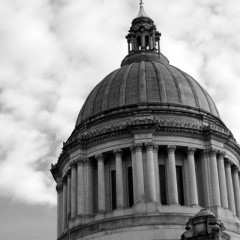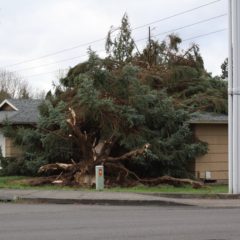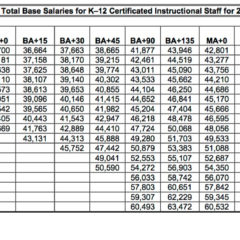Title II, which funds (among other things) opportunities for teacher leadership, learning, and professional development, is on the federal chopping block. One argument, supported by research, is that teacher professional development has little to no impact in student performance.
Despite half of my job being teacher professional development, it is hard for me to disagree. In fact, I concede that you cannot always draw a solid line between teacher PD and dramatic changes in student performance on the standardized tests that serve as the go-to barometer of “impact on student learning.”
There are many other lines I can draw, though. I can cite examples where PD around inquiry processes in science resulted in more student-centered lessons. I can cite examples where PD around trauma-informed practices resulted in students spending more time in the classroom and less time in the principal’s office. I can cite examples where PD around helping students track their own performance resulted in faster gains on classroom assessments. The keys to all of these solid lines: (1) The teacher was provided time and space to try new practices, even if success required a few attempts, (2) the teacher was provided access to peer-collaboration or peer-coaching to help support implementation, and (3) there wasn’t some sort of oppressive accountability system demanding immediate and unequivocal success.
I can see why Title II is an easy candidate for a cut. The impact is difficult to ascertain using the measures we have in place. I’m sure that people can also cite instances where Title II funds have been misused or misdirected. But if people are looking for solid lines of causality between X and increased student test scores, there is nothing yet that can produce a solid line, like the proverbial silver bullet’s path through the air.
Teaching and learning is a complex dynamic influenced by seemingly infinite factors. That is not an attempt to seek absolution from responsibility…rather it is a call to acknowledge the complexity of the system and the many ways we ought to monitor system reactions. If my learning about adolescent trauma means my student spends more time in my classroom learning, rather than in the office receiving discipline, is that not a positive change? If my students take greater ownership of their own progress and are more metacognitive about their learning processes, those immeasurable dispositions will serve them as well (if not better) than their ability to guess the right bubble on a test…is that not a positive change?
Every one of us has had to endure crappy PD that wasted our time, so let’s set that aside for a moment and imagine a world of better-designed, well-implemented, and relevant PD that meets a need in our practice (such PD would also need to be adequately funded in order to achieve those standards). Professional learning, in whatever form it might take, is the only way to spur professional practice toward improvement. If we don’t improve our professional practice, how can we expect improved results?








